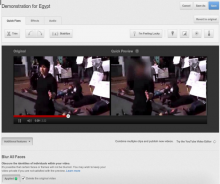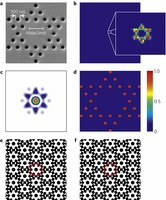Charlie Miller showcases NFC hacks
Researcher Charlie Miller is looking to spur exploration into the security of near-field communication (NFC) hardware.
The Accuvant Labs research consultant showed attendees at the Black Hat conference a pair of demonstrations in which an attacking device could access a targeted handset and remotely execute files via NFC connections.













































































